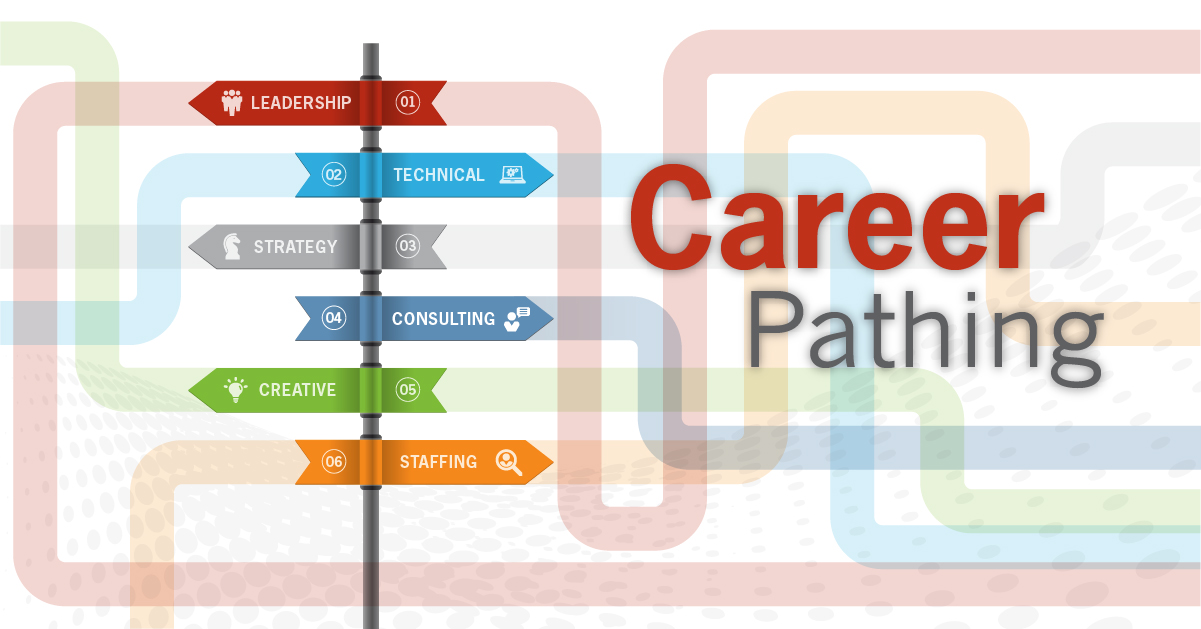One reality of our shifting workforce [see 3 Ways Millennials Redefine Marketing] is that younger people think about careers differently from the older generations. Careers don’t consist of a single position at a single company with incremental raises and promotions. Rather, they tend to focus on pursuing a skillset or particular expertise, bouncing from organization to organization to develop depth and – naturally – better pay and benefits. This makes hiring at traditional companies run by traditional leadership and management theories tough: how do you hire for longevity while reality demonstrates that your workforce is likely to cycle every two-to-five years? At Trellist, we accomplish this through a practice called Career Pathing, which is central to how we approach growth at the architectural, products/services/solutions, and, of course, individual levels.

I started at Trellist as a business administrator, hired to help organize the CEO’s thoughts, document policies and processes, and take some of the more mundane and tactical work off the shoulders of key leaders. At the time, I was regarded as someone with potential who lacked field experience, but who could also challenge the organization’s thinking by bringing in a new perspective from a different line industry altogether (in another life, I worked as a real estate paralegal, and as a phone salesman before that). Within 6 months, I found myself in an administrative human resources position, an expertise I never once had considered prior, but which suited my innate skillsets and served as a means for broadening my experience. In the intervening years, I’ve held positions in acquisitions, employee advocacy, contract review, change management, general administration, events coordination, and even served as a sort of internal spokesperson.
Not all of those roles suited me, and few were in line with where, as a 25 year old, I saw my career heading. All the same, I can say with surety that each position has sharpened my skills, improved my critical thinking and business sense, and contributed to who I am and what I do today. Besides contributing to my growth, they’ve also helped the company by filling in key positions that were unoccupied, saved us the cost of hiring new headcount, and ensured sustainability by training someone with deep ties to the Trellist ethos.
In short, I’m an excellent example of the benefits of Career Pathing.
Trying to explain the “what” and “how” of Career Pathing would merit its own blog post, so I’ll stick to the very basics here. Trellist’s structure and culture require an ongoing conversation between our employees and the company-at-large. These conversations lead us to understand individual wants and needs over time. By understanding those wants and needs, we can make moves (be they planned, on-demand, or opportunistic) to ensure personal growth and scalable company evolution. Career Pathing encompasses having those conversations, and making those moves in a way that the employee’s wants and needs more frequently converge with the organization’s vision. We’re an all-for-one, one-for-all organization; while we may not be able to accommodate every ambition, that mindset and Career Pathing conversations mean that we should always be trying to succeed collectively.
The “why” of Career Pathing involves a number of factors, both practical and philosophical, the most obvious of which is, of course, staying relevant and competitive as an employer and retaining key employees. Any company has to have at least an inkling of this concept if they have any hope of success.
But Career Pathing has its roots in Trellist’s Charter: to build wealth for our clients and employees, to create a workhome environment, and to do interesting work and projects. Specifically, I’ll focus on the idea of doing interesting work. At Trellist, we often hire lifelong learners who want to not only be engaged in doing the work they have today, but the work they’ll be doing years from now. With a space as varied and evolutionary as professional services, that means escaping the confines of linear promotion and understanding that you have more than a single path forward. We charge our leaders to serve the employees, and we do that by insisting on cross-function conversation when it comes to our people. The more the employees are served in their career paths, the more excited they tend to be in thinking like owners and empowering the company-at-large. This in turn allows the company to serve everyone (clients included) to the best of its ability.
When the employees who understand what Trellist is all about are empowered, the company is in turn able to serve, protect, and cultivate its core values for the further benefit of our employees and clients. So Career Pathing isn’t just about attracting and retaining talent, it’s about making sustainability endemic to who we are, and pushes our culture of openness, engagement, and sustainable growth to kick into high gear – and that’s an ethos we look for in every employee.
If this work environment sounds right for you and your career goals, then send us your resume at careers@trellist.com. We also apply this philosophy to the people we hire for our clients, so if your business could benefit from our help, let us know at staffing@trellist.com.











